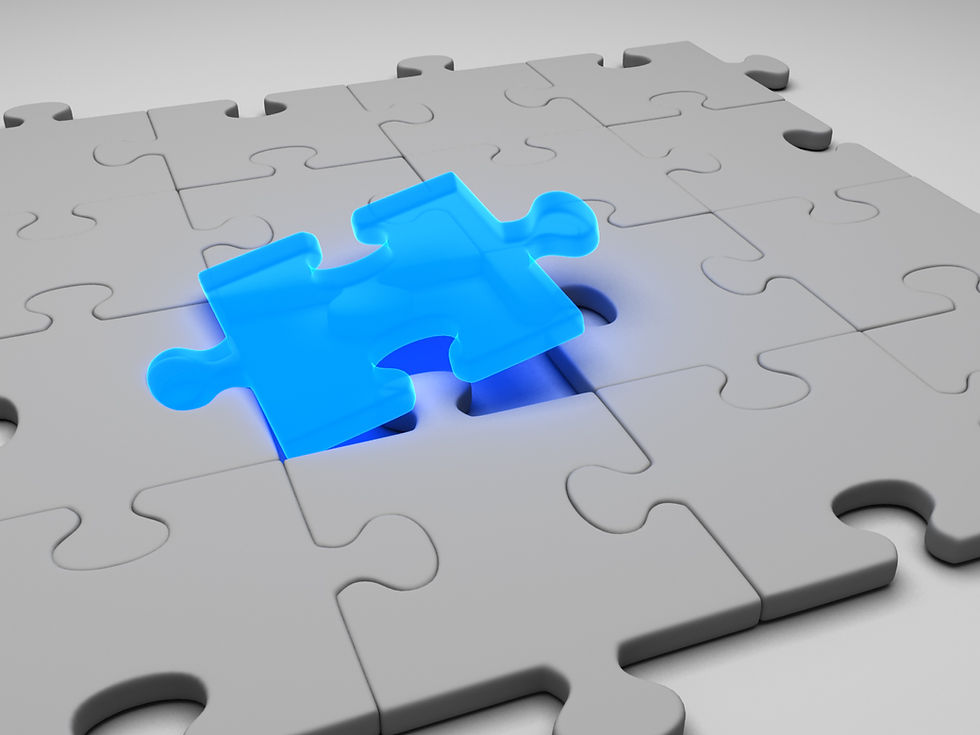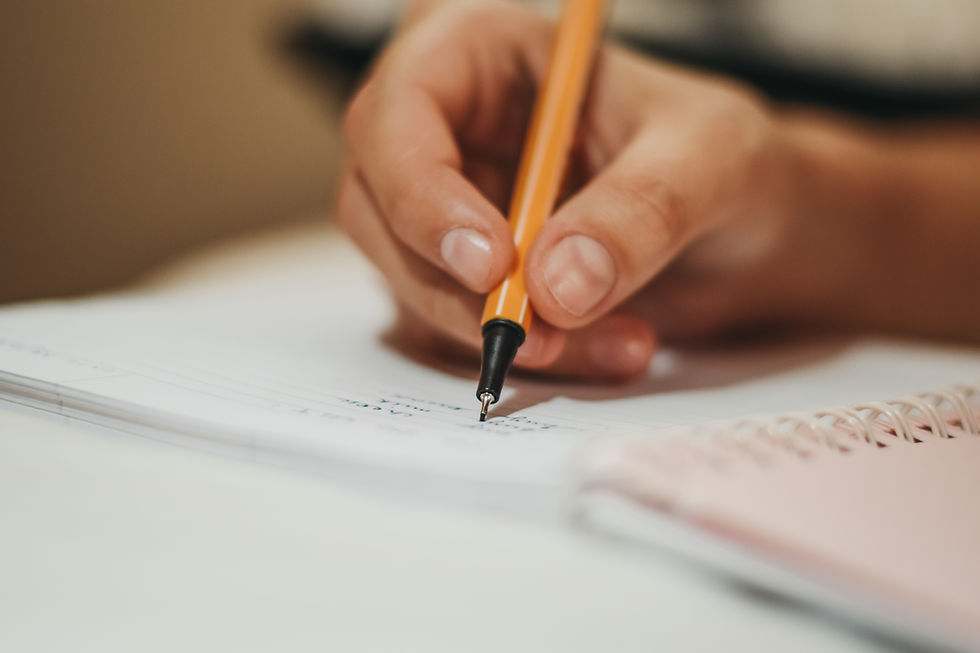The Missing Piece – What Most Antagonists Lack
- P. Barrera
- May 14, 2020
- 3 min read

by David Ben-Ami (originally posted on ryanlanz.com)
Every reader loves a good villain, and most writers love them too. If you rack your brain about some of the most memorable characters in books, movies, and on TV, I’d bet more than a few villains pop up.
I personally find antagonists fascinating. Sometimes I find them even more fascinating than many heroes out there, and it’s difficult for me to take my attention and shift it back where it belongs (and before you say I should make my villain my main character, I’ve already done that a few times. Great minds think alike!).
What’s interesting, though, is that when creating antagonists, more than a few writers forget the most important part.
A good antagonist isn’t necessarily just a villain at large in your story world–sometimes he or she isn’t even a bad person at all. The most important thing to remember about your antagonist is that they are the enemy of your hero, not the enemy of your world (though if they are that too, their conflict with your hero is the most important part). They are what stands in the way of the hero getting what he or she wants. They are your hero’s perfect opposition.
But they aren’t just the perfect opposition of the hero getting what he or she wants externally (rescue the hostage, get the money, stop the bomb), they are the perfect opposition of the hero’s inner weakness. And this is the most important part, the part that most people forget.
People often argue about which hero’s journey is the most important–the external journey to accomplish a task, or the internal journey to grow as a person (and generally use that growth to accomplish the first, external, journey). The main way that our heroes complete their internal journey to overcome some weakness or personality flaw or part of their past is by learning about themselves throughout the course of the book.
That learning takes various forms: advice from friends, failures in the middle of the story, getting through difficult situations, losing something, gaining something, etc.
But their main internal growth comes from one thing: their clashes with the antagonist.
So it’s a shame when I read a book where the antagonist was created out of thin air instead of with the hero in mind. Your antagonist should have an internal flaw or weakness, too, but it shouldn’t be the same as the hero’s (unless you want your hero to learn by seeing the antagonist fail–though I’m not a huge fan of that tactic).
An antagonist should be perfectly suited to attack your hero’s weakness over and over again. He or she should be strong where the hero is weak, confident where they are shy, fast where they are slow, knowledgeable where they are ignorant. Now I don’t mean they should be the exact opposite of your hero in every way, but in just a few important ways, they absolutely should be.
If your hero has the personality of Superman, your antagonist’s personality should literally (and of course by this I mean metaphorically) be carved out of kryptonite.
Not only does this make the odds against the hero seem even more insurmountable (which raises suspense), but it helps them grow, because in order to overcome a villain who is perfectly suited to exploit their greatest inner weakness, they have to grow and overcome that weakness.
So have fun with your villains, but take a minute (or hour or day or week) to make sure they’re living up to their full potential. Because everybody should love a good villain. Except your hero.
Guest post contributed by David Ben-Ami. David is a graduate from Vanderbilt University with a double major in English and Economics. He’s often obsessed with a good story.



Comments